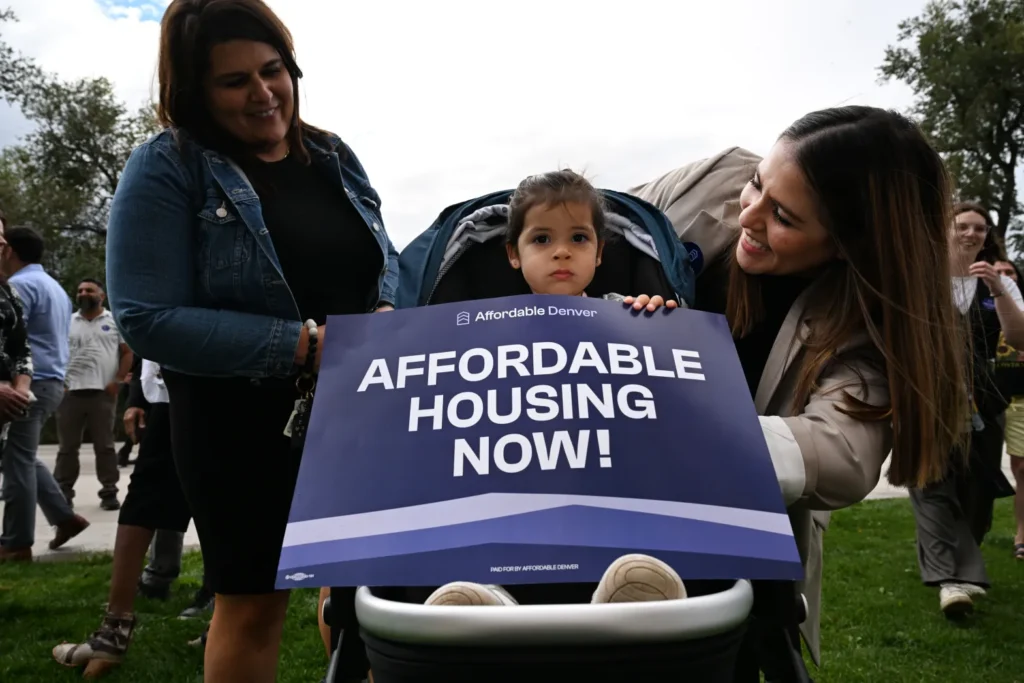
Andréa Comer, Executive Director of Educators for Excellence-Connecticut, outlines why affordable housing approaches must always include input from educators.
Municipalities benefit when their public servants are part of the fabric. And while Gov. Lamont has stressed the need for a diverse teaching workforce, based on students who pursue education or a related major, teaching is not the chosen profession of enough people of color to meet the goals of its recently passed legislation. One way to change that is through grow-your-own initiatives, and the best way to seed that is by ensuring that those who currently live in those communities choose to stay.
That starts with quality affordable housing.
Commissioner Cardona’s proposal, an iteration of HB7226, would enable him, in collaboration with the Commissioner of Housing, to create a pilot program that offers housing incentives for shortage area teachers to live within the Alliance District communities where they teach. Thirty-three school districts have the Alliance designation; none of them are affluent, but include large urban centers and inner ring suburbs. They are also the lowest-performing districts in the state.
If we truly want to dissipate the concentration of poverty in our state, achieve the goal of a diverse teaching corps, and ensure all our students have access to quality education, affordable housing in struggling school districts is a key piece of the puzzle.
Read more here.




